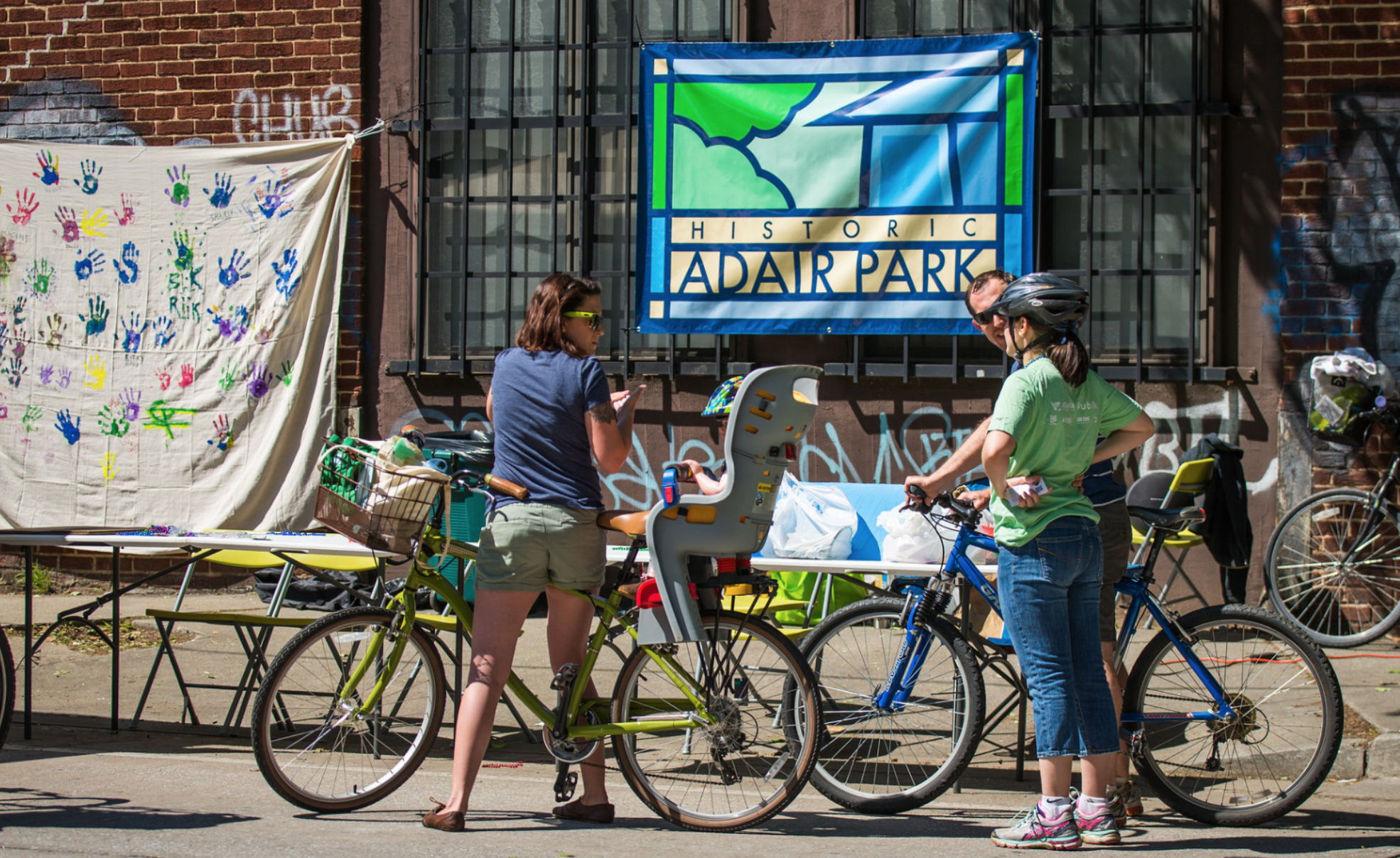Title Page
Please Stop Building Houses Exactly Where Wildfires Start. Wired.
Introduction
Who Maps The World? CityLab.
“For most of human history, maps have been very exclusive,” said Marie Price, the first woman president of the American Geographical Society, appointed 165 years into its 167-year history. “Only a few people got to make maps, and they were carefully guarded, and they were not participatory.” That’s slowly changing, she said, thanks to democratizing projects like OpenStreetMap (OSM).
Executive Summary
Since 2016, Atlanta's Relay Bike Share system has gone from 100 to 500 bikes, connecting 15 neighborhoods. That's according to the city's first ever annual bicycle report, released Tuesday. The report highlights four projects from 2017, including the three-mile Westside Trail that opened as part of the ongoing BeltLine development (yes, that's the same BeltLine that has been the sight of "runaway gentrification). It also tallies the city's roughly 116 miles of bike infrastructure, including 46 miles of bike lanes, 42 miles of multi-use paths and 16 miles of shared lane space with markings. And it talks about funding for future bikeways. But perhaps more useful, the report includes guidance about how the city selects which type of bike facility in a given context. So for areas where the speed limit is less than 10 miles per hour, a shared street works, according to the document. Areas with a speed limit over 26 miles per hour with fewer than 6,000 cars at the target max vehicle volume, though, could include protected bicycle lanes or be altered to reduce car speeds.
Conclusion
Public school segregation is getting worse. That's the general consensus. But, writes, Will Stancil in the Atlantic, "[i]n the eyes of some writers, the warning signs of segregation are all a false alarm—little more than a statistical mirage." While Stancil acknowledges that some of the measured increase is in part due to the increasing diversity of the student-age population, but it's more complicated than that. "The core problem is that the nation’s schools are evolving in many ways at once," writes Stancil. "Student populations undergo slow shifts; new schools are constantly opening and closing; attendance boundaries are drawn and redrawn. As a result, the effects of large-scale demographic change and those of local school policy get tangled up with one another. It can be hard for researchers to separate one factor from the other." Some researchers, for example, point to worsening economic segregation. But, Stancil argues, the "existence of economic segregation does not contradict evidence of racial segregation—it helps confirm it." And the idea that schools are segregating as a natural result of increasing diversity doesn't hold water, he argues. "If schools were already integrated to begin with, you’d expect increasing diversity to raise all boats relatively evenly. Most schools would get less white, but few would find themselves truly segregated. Instead, in a long-segregated system, the effects of increased diversity are inevitably lopsided. Schools already suffering from a relatively high degree of segregation have found themselves completely isolated."
Endnotes
I may be the only person at #SXSW not currently wearing a VR headset.
— Jay Gabler (@JayGabler) March 12, 2018

